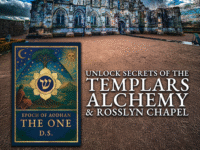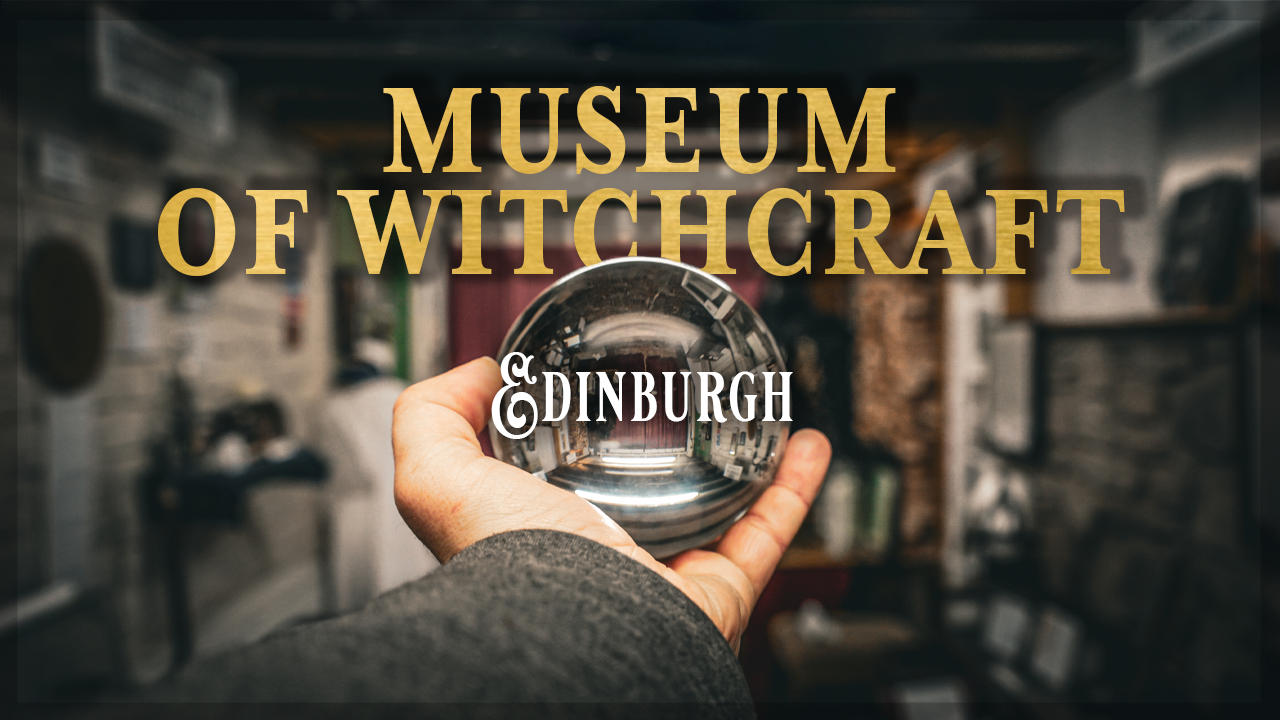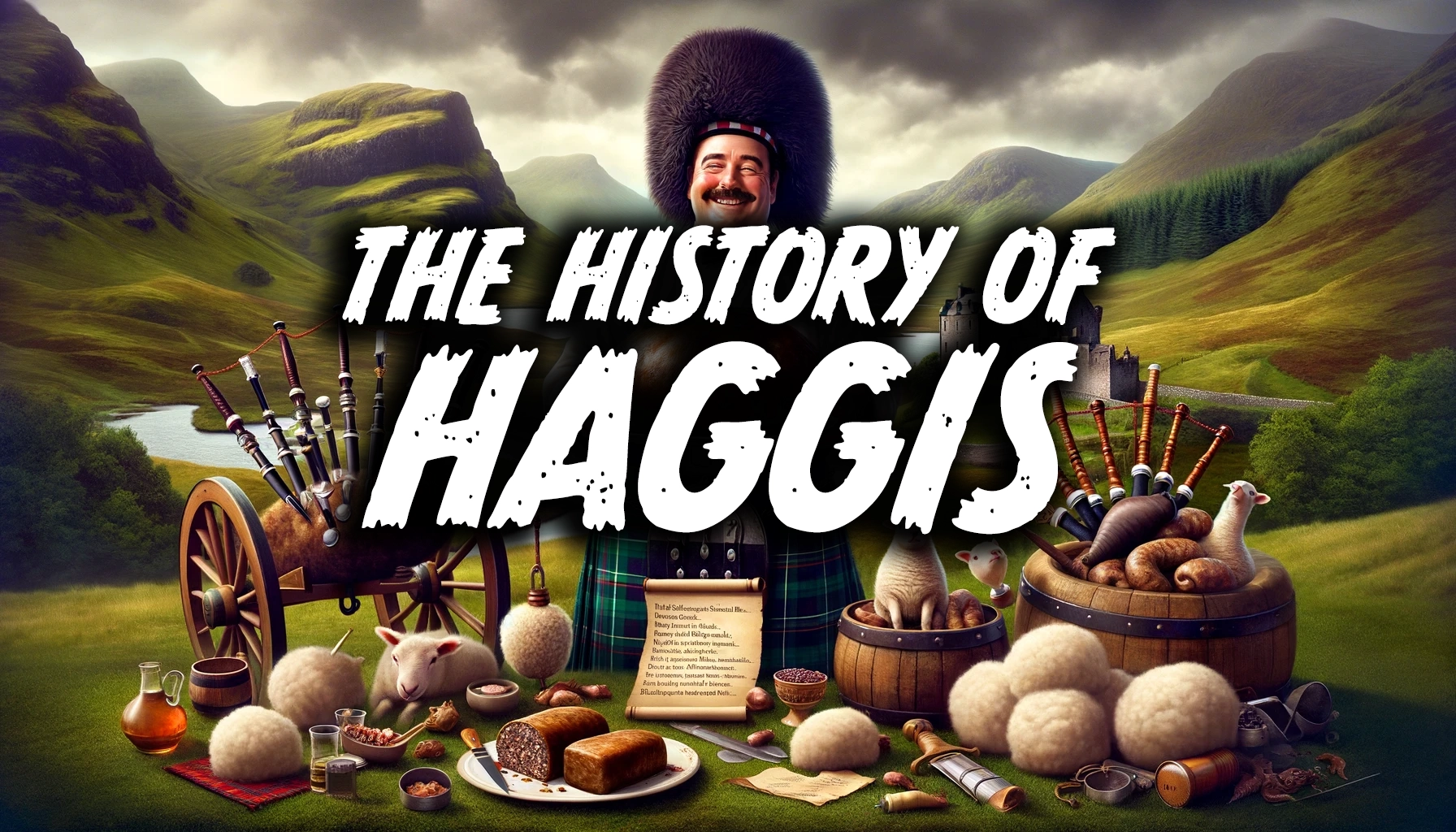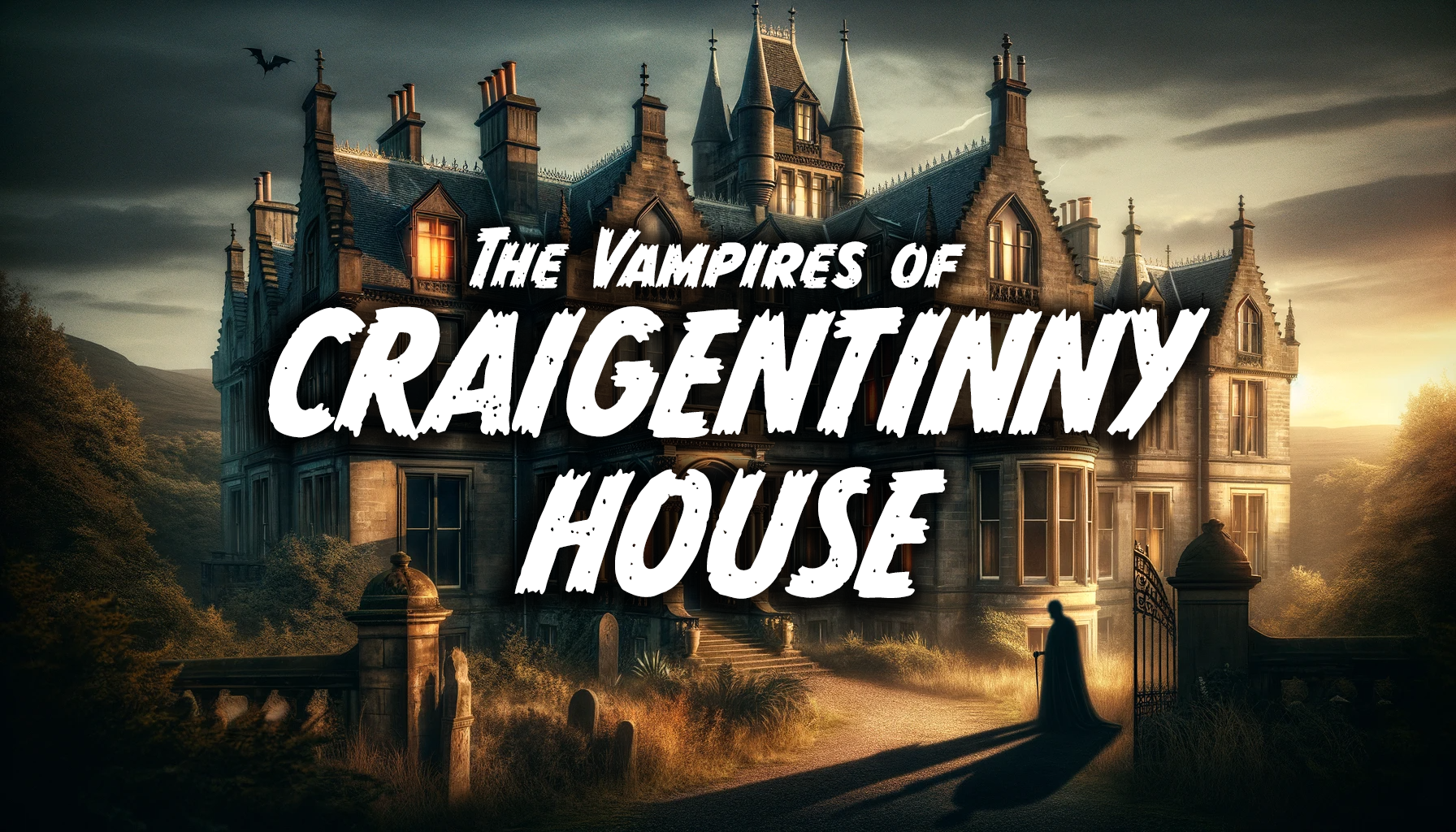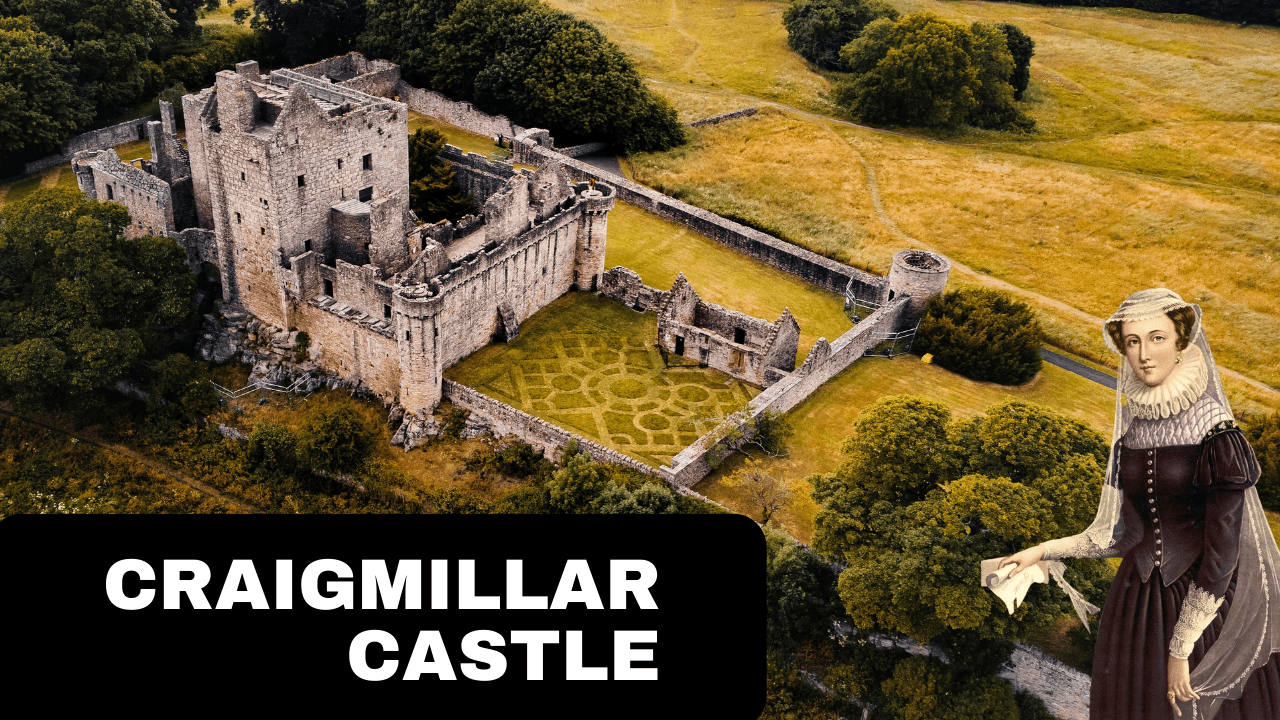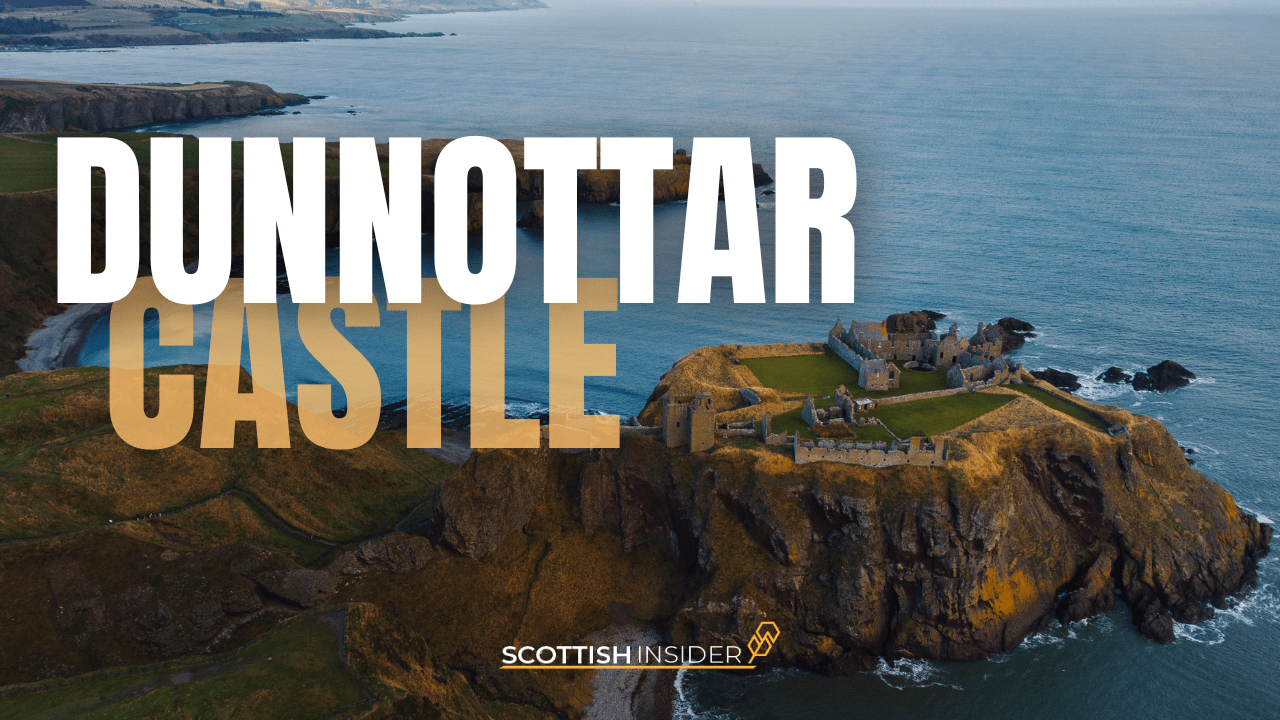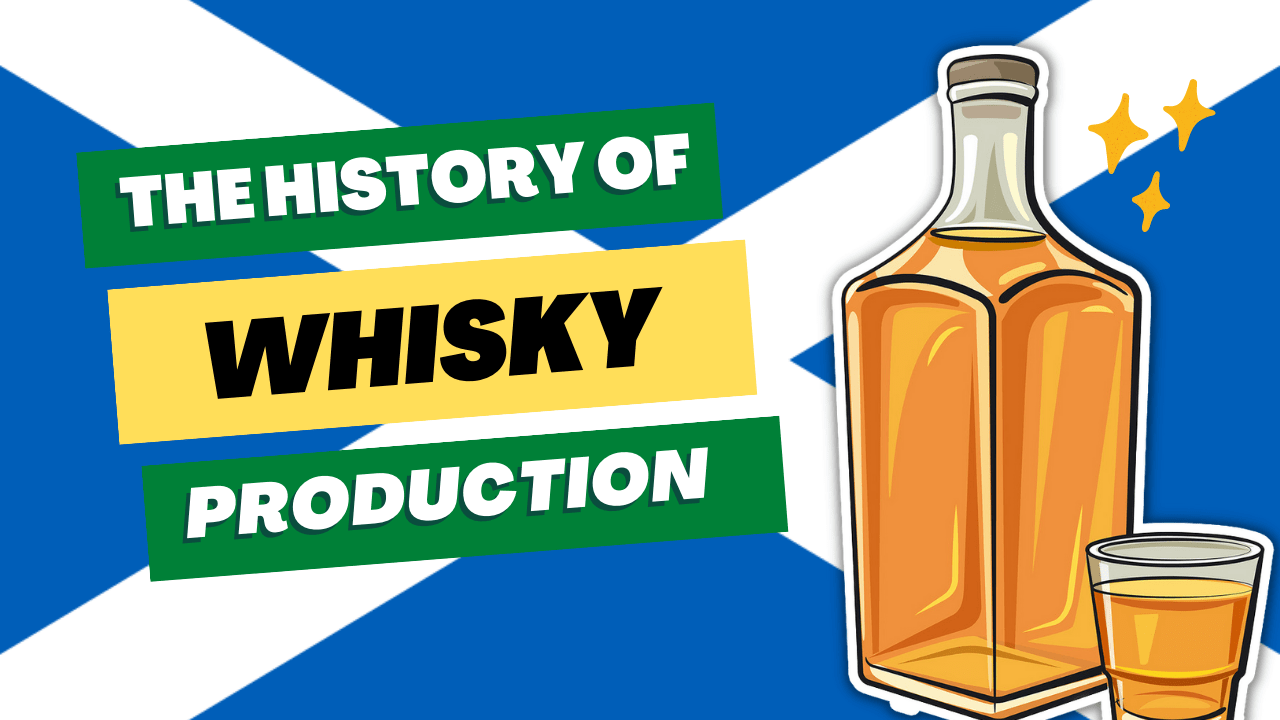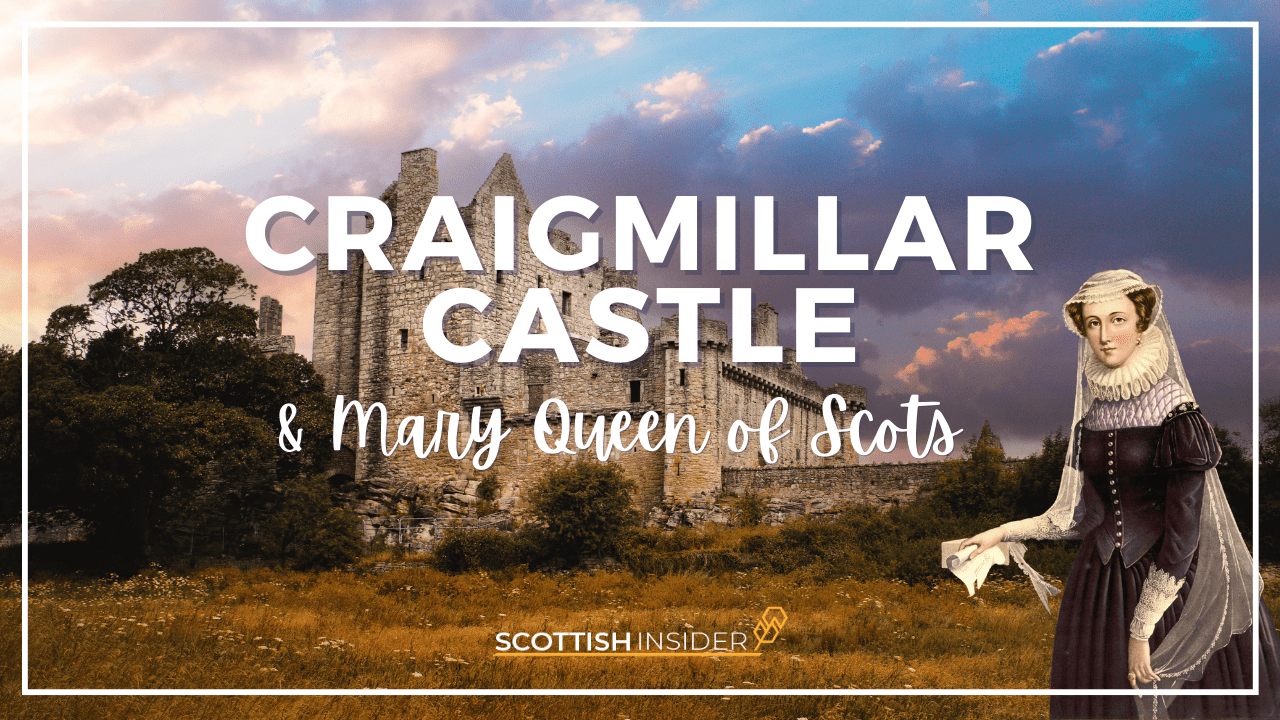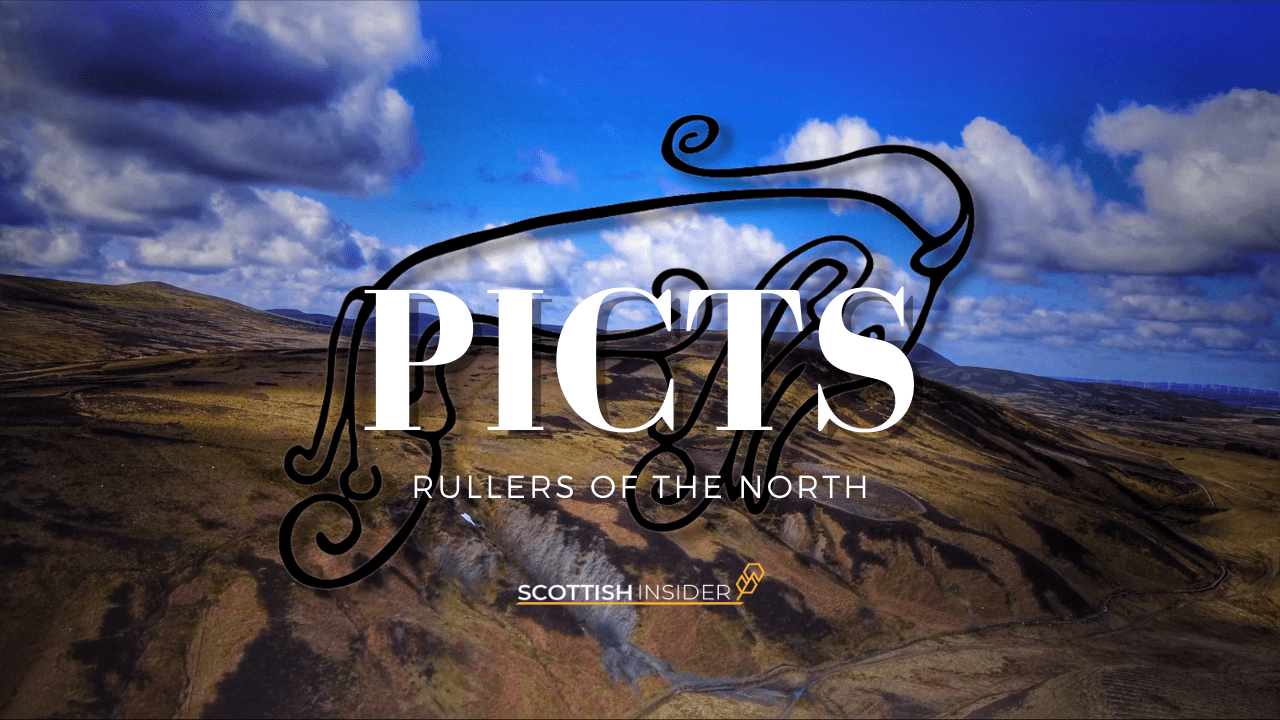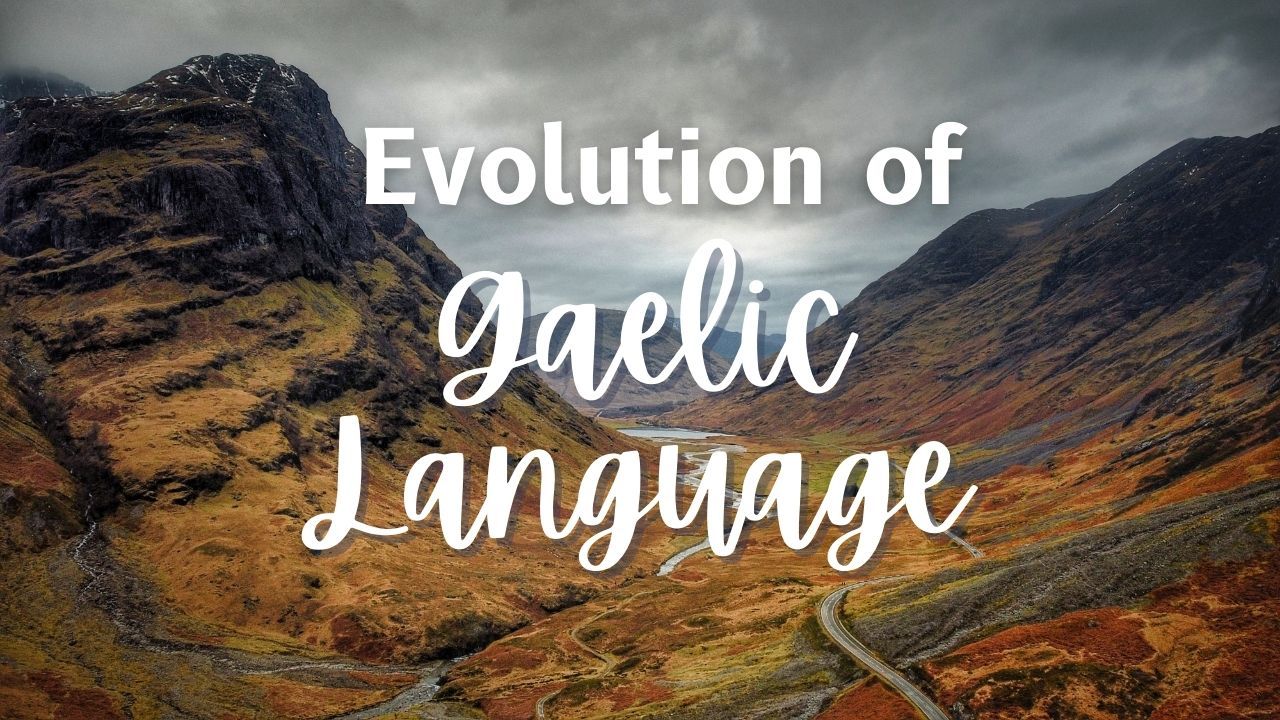The kilt is a garment that has long been associated with Scotland and its rich cultural heritage. From its origins as a practical piece of clothing worn by Highland warriors to its modern-day role as a symbol of Scottish pride, the kilt has played a significant role in the history and culture of Scotland. In this article, we’ll explore the history and cultural significance of the kilt, highlighting its evolution and its role in contemporary Scottish society.
1. Origins of the kilt
 The kilt is a garment that has its roots in the traditional dress of the Scottish Highlands. It is believed to have originated in the 16th or 17th century, and was originally worn as a practical piece of clothing by Highland warriors and clansmen. The kilt was made of a large piece of woolen cloth, which was wrapped around the waist and secured with a belt. It was often worn with a pair of knee-high socks and a sporran, a small pouch worn over the kilt that was used to carry personal items.
The kilt is a garment that has its roots in the traditional dress of the Scottish Highlands. It is believed to have originated in the 16th or 17th century, and was originally worn as a practical piece of clothing by Highland warriors and clansmen. The kilt was made of a large piece of woolen cloth, which was wrapped around the waist and secured with a belt. It was often worn with a pair of knee-high socks and a sporran, a small pouch worn over the kilt that was used to carry personal items.
The kilt was a practical garment that was well-suited to the harsh climate and rugged terrain of the Scottish Highlands. It was easy to put on and take off, and could be adjusted to fit different body types. It was also warm and durable, making it an ideal garment for the cold and wet Scottish winters.
2.The rise of the kilt in popular culture
 The kilt began to gain widespread popularity in the 18th and 19th centuries, as Scotland emerged as a modern nation. During this time, the kilt became a symbol of Scottish pride and identity, and was embraced by both the nobility and the working class. The kilt was often worn by Scottish soldiers and military regiments, and it became a popular garment for formal occasions and events.
The kilt began to gain widespread popularity in the 18th and 19th centuries, as Scotland emerged as a modern nation. During this time, the kilt became a symbol of Scottish pride and identity, and was embraced by both the nobility and the working class. The kilt was often worn by Scottish soldiers and military regiments, and it became a popular garment for formal occasions and events.
In the 20th century, the kilt continued to grow in popularity, and it became a common sight at events such as weddings, graduations, and festivals. It was also worn by traditional Scottish dance groups and bands, and became a popular garment for tourists and visitors to Scotland. Today, the kilt is widely recognized as a symbol of Scottish culture and heritage, and is worn with pride by people around the world.
3.The symbolism of the kilt
 The kilt is more than just a piece of clothing; it is a powerful symbol of Scottish culture and identity. The kilt is often associated with the values of courage, loyalty, and honor, which are central to Scottish culture. It is also a symbol of the strong and independent spirit of the Scottish people, and is often worn as a statement of pride and independence.
The kilt is more than just a piece of clothing; it is a powerful symbol of Scottish culture and identity. The kilt is often associated with the values of courage, loyalty, and honor, which are central to Scottish culture. It is also a symbol of the strong and independent spirit of the Scottish people, and is often worn as a statement of pride and independence.
In contemporary Scottish society, the kilt is often worn at formal events and ceremonies, such as weddings, graduations, and ceremonies of state. It is also a popular garment for traditional Scottish dance groups and bands, and is often worn by athletes and sports teams representing Scotland.
4.The modern kilt
The modern kilt is a versatile garment that is worn for a variety of occasions and events. It is often worn at formal events and ceremonies, such as weddings and graduations, and is also a popular garment for traditional Scottish dance groups and bands. The kilt is also worn by athletes and sports teams representing Scotland, and is a popular garment for tourists and visitors to the country.
There are a number of different styles of kilts available, ranging from traditional tartan kilts to modern, custom-made kilts. The traditional tartan kilt is made of a specific pattern of stripes and colors that is associated with a particular clan or family. Today, there are hundreds of different tartans available, each with its own unique history and meaning.
If you like our articles please follow us on Facebook:




